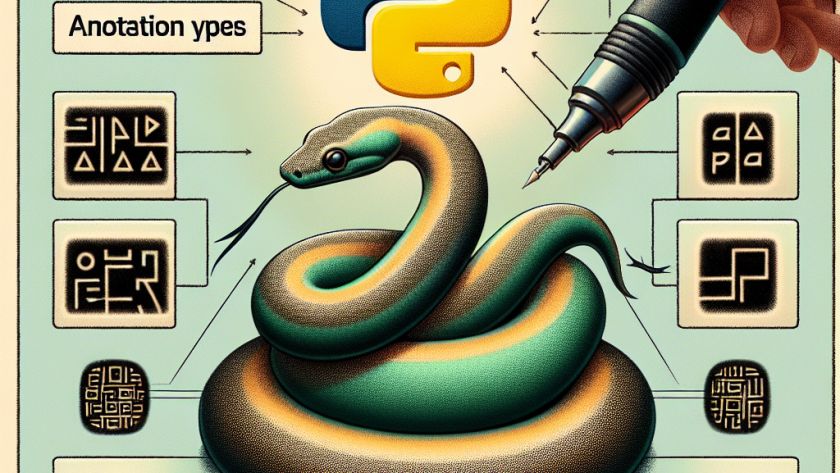A new study by Google is aiming to teach powerful large language models (LLMs) how to reason better with graph information. In computer science, the term 'graph' refers to the connections between entities - with nodes being the objects and edges being the links that signify their relationships. This type of information, which is inherent…












